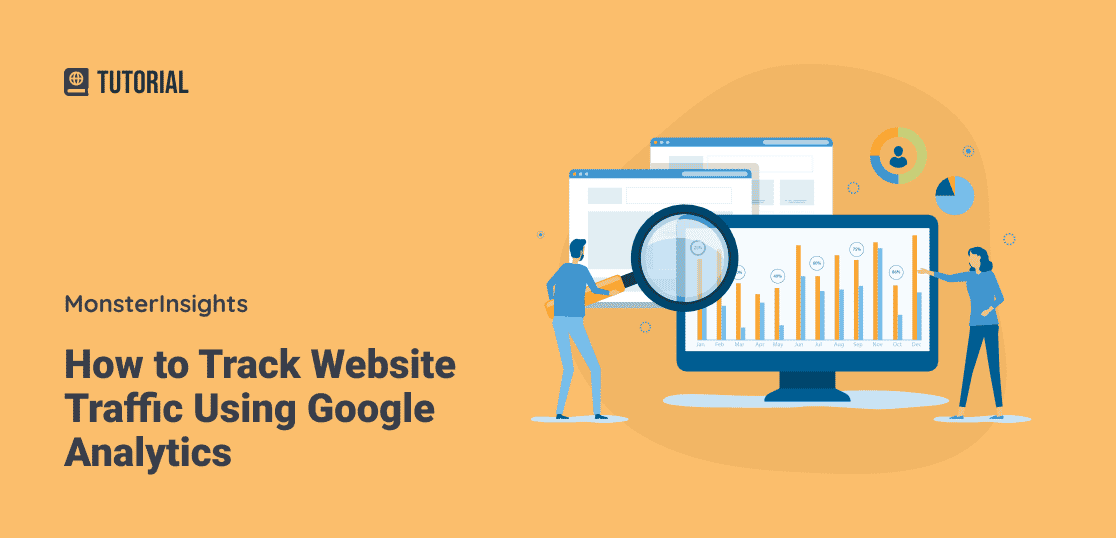Explained: What Is Not Considered a Source in Google Analytics by Default
Explained: What Is Not Considered a Source in Google Analytics by Default
Blog Article
Utilizing the Full Possible of Google Analytics for Company Development
In the world of electronic service methods, Google Analytics stands as a stalwart device for organizations looking for to navigate the complexities of on-line information. Its capacities expand much past simple site traffic monitoring, supplying a wide range of understandings that, when used properly, can drive considerable growth and success. As businesses make every effort to make informed decisions and maximize their on-line visibility, the inquiry develops: Exactly how can one truly open the full potential of Google Analytics to push service growth and attain calculated objectives? This conversation intends to clarify the untapped possibilities and strategic techniques that can transform the way organizations leverage this powerful system.
Establishing up Google Analytics Account
Establishing your Google Analytics account is an essential preliminary action in efficiently tracking and assessing data for your company development. To begin, go to the Google Analytics website and sign in with your Google account. Next, click on "Start free of charge" and adhere to the triggers to establish your account by providing details about your web site, such as the name, LINK, industry classification, and reporting time zone.
After completing these steps, you will receive a tracking ID, which is an one-of-a-kind code that you require to add to your internet site. This code enables Google Analytics to accumulate information and generate reports based upon the task taking place on your site. You can include this tracking ID manually to your website's HTML code or make use of a plugin if you are utilizing a platform like WordPress.

Understanding Key Metrics

Website Traffic Resources: Understanding where your site traffic is originating from (straight, natural search, social media, referrals) assists in tailoring your advertising approaches to focus on channels that drive the most visitors.
Bounce Rate: This metric indicates the portion of visitors who browse away from your site after checking out just one web page - What Is Not Considered A Source In Google Analytics By Default. A high bounce price might signify concerns with website use or material significance
Conversion Price: Tracking the percent of visitors that finish a desired activity, such as buying or authorizing up for an e-newsletter, is important for evaluating the performance of your internet site in achieving organization objectives.
Pageviews: Keeping an eye on the number of times each web page on your site is seen supplies insights into popular material and individual interaction levels.
Implementing Customized Monitoring
To improve the depth of understandings collected from Google Analytics, companies can benefit significantly by including custom-made tracking methods customized to their particular objectives. Personalized monitoring allows services to track special data factors that are not caught by default in Google Analytics. By executing personalized tracking, companies can obtain a much more comprehensive understanding of customer habits, conversion patterns, and various other crucial metrics that are critical for making educated company choices.
One common approach of customized monitoring is establishing occasion tracking to check particular customer interactions on an internet site, such as clicks on switches, video views, or downloads. This makes it possible for companies to review the efficiency of their web site elements and advertising projects more exactly.
In addition, companies can develop custom dimensions and metrics to track and assess information that specifies to their sector or company version. For example, an ecommerce firm may set up custom-made tracking to monitor the performance of different item groups or customer segments.
Evaluating Conversion Courses
By leveraging the understandings got from custom tracking methods, companies can now focus on examining conversion paths to further refine their understanding of user behavior and optimize their conversion techniques. Evaluating conversion courses involves checking out the sequence of steps users take before completing a desired activity, such as making an acquisition or signing up for a service. By diving into the conversion paths within Google Analytics, companies can determine common routes that lead to conversions, along with any type of traffic jams or drop-off factors that may hinder the conversion process.
With the analysis of conversion paths, companies can gain beneficial insights right into the effectiveness of their web site format, content, and calls to action. This data can help services pop over to this web-site make notified decisions concerning where to designate resources for maximum influence on conversion rates. By comprehending the various courses individuals take on their trip to conversion, companies can customize their advertising techniques to far better overview users via the conversion funnel and eventually enhance their total conversion rates.
Utilizing Advanced Functions
Harness the full capacity of Google Analytics by exploring its advanced functions to boost your company's data-driven decision-making abilities. Personalized records enable you to customize the information displayed to satisfy your certain organization needs and goals.

Additionally, progressed division allows you evaluate various subsets of your website's website traffic to determine patterns, patterns, and possibilities. By segmenting your target market based on numerous criteria like demographics, habits, or website traffic sources, you can better understand their choices and customize your marketing techniques accordingly. Leveraging these innovative functions in Google Analytics can provide useful understandings that drive informed decision-making and inevitably add More Bonuses to your service's development.
Verdict
To conclude, utilizing the full potential of Google Analytics for business development involves establishing up an account, recognizing key metrics, applying customized monitoring, assessing conversion paths, and making use of advanced functions. By using these approaches effectively, services can obtain valuable insights into their internet site performance, user habits, and conversion prices. This data-driven technique can aid businesses make informed decisions, enhance you could check here their on-line visibility, and inevitably attain lasting development.
As businesses aim to make educated decisions and enhance their on the internet existence, the concern develops: How can one genuinely open the full capacity of Google Analytics to push service development and accomplish critical purposes?To improve the deepness of insights gathered from Google Analytics, businesses can benefit significantly by integrating customized tracking approaches customized to their certain goals. Customized tracking allows businesses to track unique information factors that are not caught by default in Google Analytics. By delving right into the conversion paths within Google Analytics, companies can recognize typical paths that lead to conversions, as well as any traffic jams or drop-off factors that might hinder the conversion procedure.
In verdict, taking advantage of the full potential of Google Analytics for organization growth involves establishing up an account, comprehending essential metrics, implementing personalized tracking, assessing conversion courses, and utilizing innovative functions.
Report this page